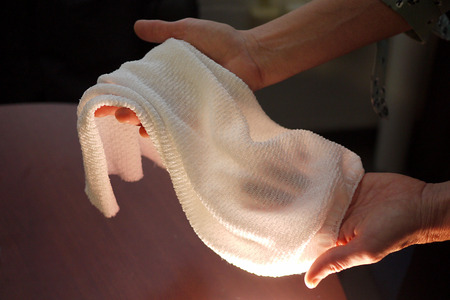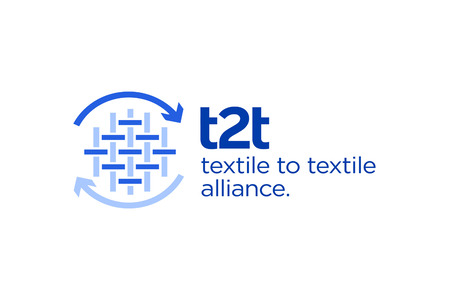
VN textile garment industry yet to see impact of 4.0 industrial revolution
YarnsandFibers News Bureau 2017-09-25 14:00:00 – HanoiVietnamese textile and garment industry is yet to see big impact of the 4.0 revolution on his enterprise and other member companies of the assocaiton, said Nguyen Xuan Duong, chair of Hung Yen Garment Corporation, who is also deputy chair of the Vietnam Textile & Apparel Association (Vinatas).
Robots and machines can only replace humans in some links of the production chain, which need repeated operations. In the fashion industry, designs must be diverse because customers don’t want to wear the same products and orders from partners set different requirements.
If the garment industry grows by 10 percent, the number of workers to be replaced by robots will be small compared with the increase in demand for workers to satisfy the industry’s growth.
However, the impact of 4.0 revolution has been seen in enterprises which focus on making one type of product such as shirts or trousers.
According to Duong, the 4.0 industrial revolution will make garment workers redundant. The demand for garment workers will be increasing in the time to come.
Duong went on to say that the demand for clothes has been increasing rapidly thanks to improvement in locals’ incomes. Vietnamese buy 7-8 products a year.
Nguyen Son, deputy chair of the Vietnam Cotton & Fiber Association, also said the influences of the revolution still have not been seen. He can see technological improvements to save power, protect the environment and improve productivity, while there have been no machines which can completely replace human workers.
According to Vinatas, Vietnam’s garment export turnover may hit $50 billion by 2025, or two times higher than now. The textile & garment industry now uses 3 million workers and the figure will be 4.5 million, or 50 percent higher.
Truong Van Cam, Vinatas’ secretary general, is worried that developed economies may think of resuming production in their countries instead of outsourcing to developing economies in an aim to cut transportation and outsourcing costs.
Market Intelligence
Ask for free sample Report

experience
Customer Base
dedicated team
Countries Served Worldwide









